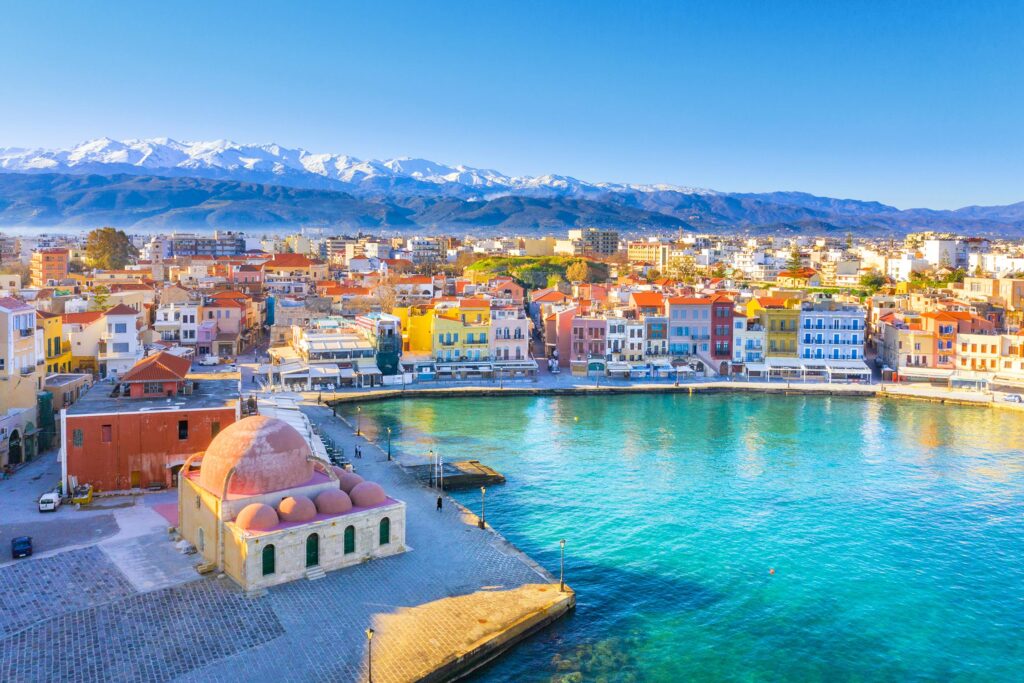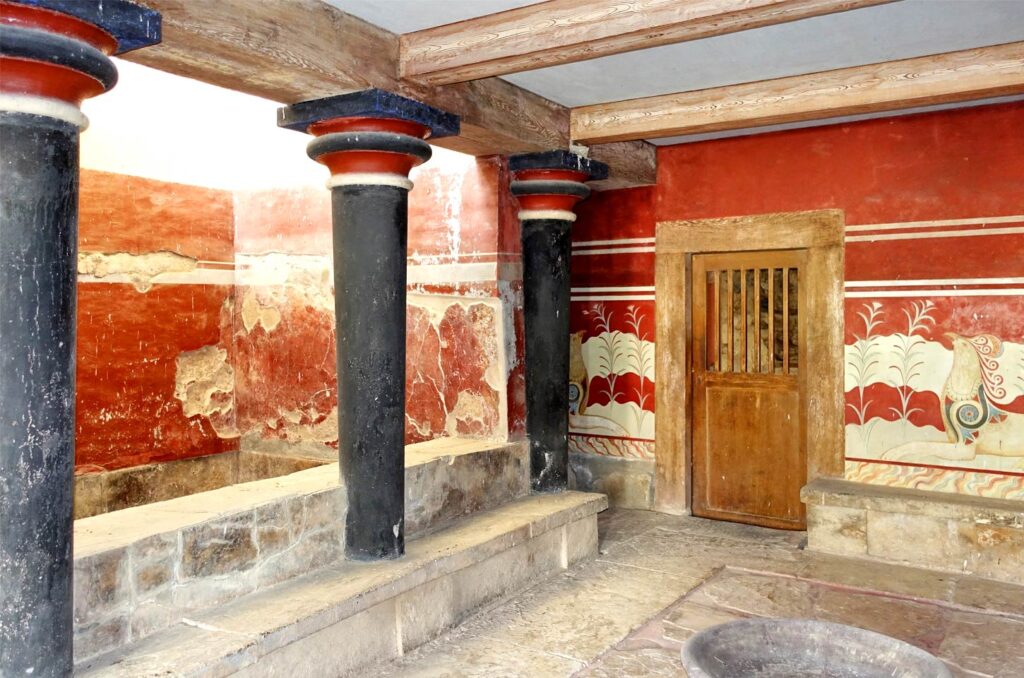

About Crete
The region of Crete is one of the 13 different regions of Greece.
Crete is the largest and most populous island in Greece and fifth largest island in the Mediterranean Sea.
The island has a rich historical and cultural background.
Crete is known for its remnants of brilliant civilisations, which can be admired by visitors.
It has a population of around 630,000 people.
This beautiful island offers a diverse landscape, including beautiful beaches, rugged mountains, and fertile plains.
The biodiversity here is characterised by its diverse range of plant and animal species, including numerous endemic species.
The island’s varied landscapes and coastal areas contribute to its rich natural heritage, making it an important hotspot for biodiversity in the Mediterranean region.
Crete and mosaics
The Minoan culture, which thrived on the island of Crete from approximately 3000 BCE to 1100 BCE, is renowned for its remarkable artistic achievements, including the creation of intricate and vibrant mosaics.
Mosaics were an essential part of Minoan art and craftsmanship. Mosaic art involves the arrangement of small, coloured pieces of stone, glass, or other materials to create intricate designs or images.
Minoan mosaics were primarily created using small coloured stones and pebbles, known as tesserae, which were carefully arranged to form intricate patterns and scenes.
These mosaics were prominently featured in the palaces and other important buildings.
The most famous example is the Palace of Knossos, the largest and most elaborate Minoan palace complex. The palace had several rooms adorned with colorful mosaics, depicting various scenes from daily life, nature, and mythology.
Mosaics played a significant role in Minoan culture, serving as a form of artistic expression and decoration. The intricate designs and vibrant colours of Minoan mosaics reflect the artistic skills and cultural richness of this ancient civilisation.


